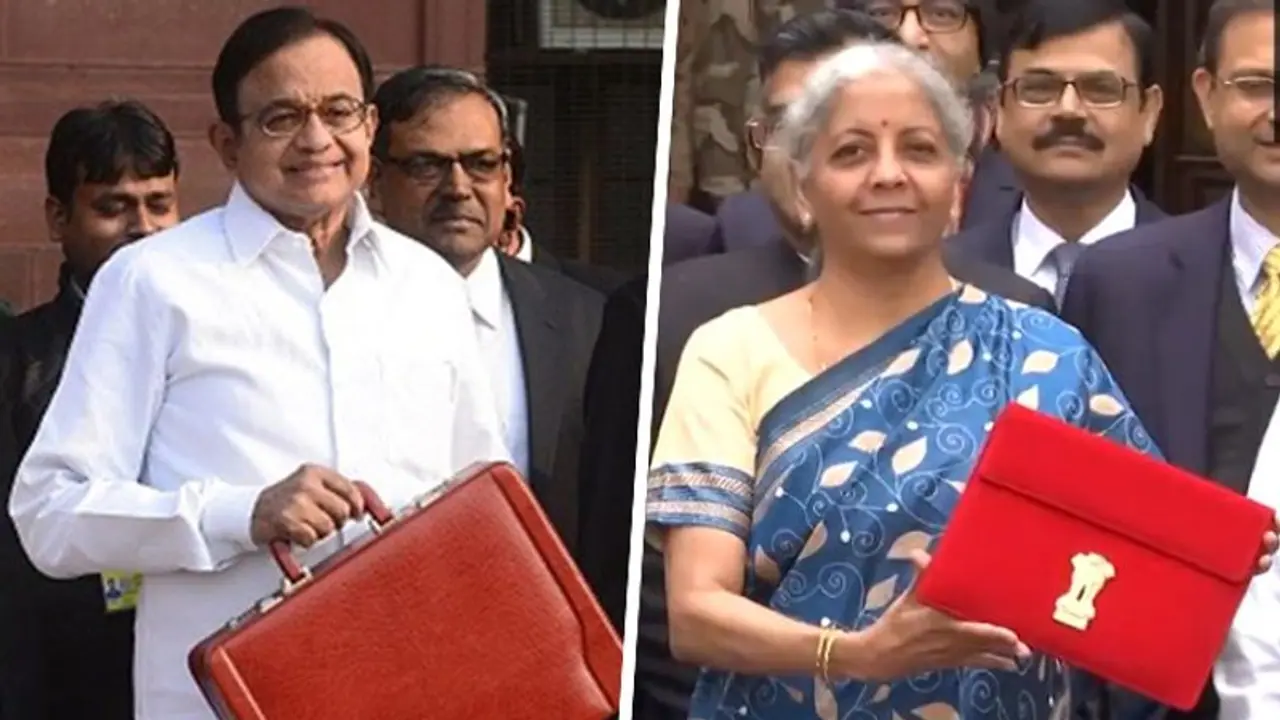A comparative analysis of the interim budgets of 2014-15 and 2024-25 reveals a tale of two economic narratives. As PM Modi himself stated, India finds itself in a "sweet spot" economically. This sentiment rings true when we contrast it with the ten years of the UPA administration under Sonia Gandhi and Manmohan Singh.
As India marks a decade since the leadership transition from Sonia Gandhi-led UPA to the Narendra Modi-led NDA, a striking tale of economic divergence unfolds through the prism of Interim Budgets. The Interim Budgets of 2014-15 and 2024-25 serve as poignant milestones, showcasing the distinctive approaches of the two administrations in steering India's economic course.

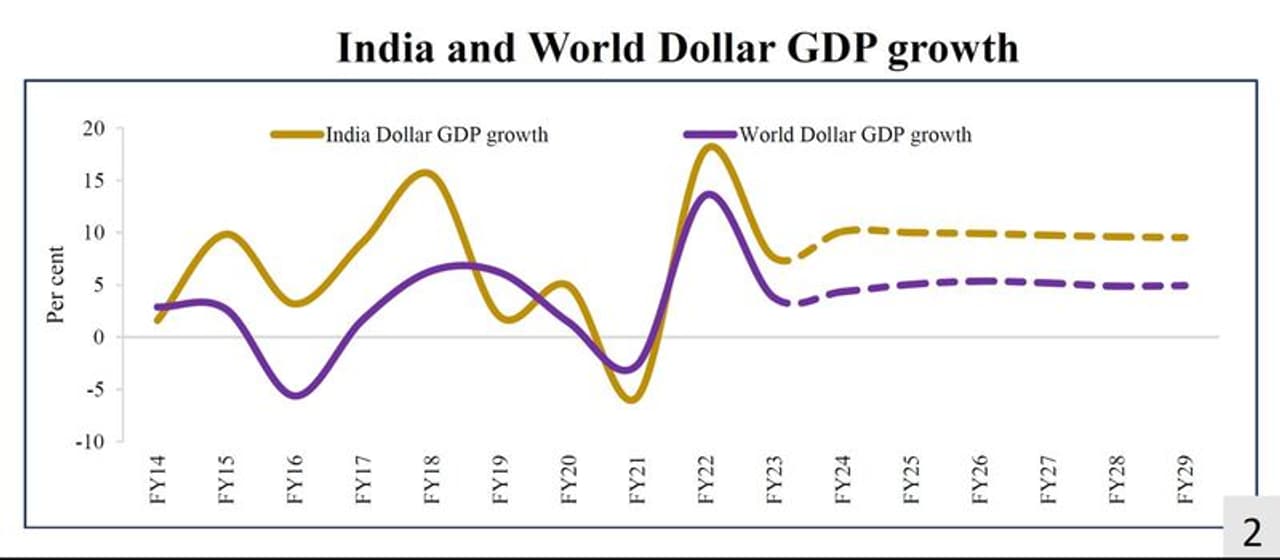
UPA's Interim Budget 2014-15: A Mirage of Fiscal Prudence
1. Subsidy Shuffling: The interim budget of 2014-15, orchestrated by then-Finance Minister P. Chidambaram, resorted to financial gymnastics by deferring payments of subsidies on oil and fertilizers to artificially reduce the deficit by Rs 35,000 crore. This strategy, however, played havoc with the cash flow of these vital sectors, dealing a blow to economic growth.
2. Slashing Plan Expenditure: The UPA government chose to reduce plan expenditure by a staggering Rs 80,000 crore, sacrificing productive investments to manage the deficit. The repercussions were felt across the board as infrastructural development and growth initiatives took a back seat.
3. Halting Payments to Companies: The abrupt halt in payments to infrastructure and other companies in the Jan-March 2014 period led to a stifling of growth. Merely Rs 8,000 crore were spent during this critical quarter, significantly below the usual Rs 85,000 crore, casting a shadow on economic expansion.
4. Declining Capital Expenditure: Between 2005 and 2014, the UPA government witnessed a sharp decline in government capital expenditure, falling from 23% to a mere 14%. The consequence was a period of jobless growth, leaving a scar on the Indian economy.
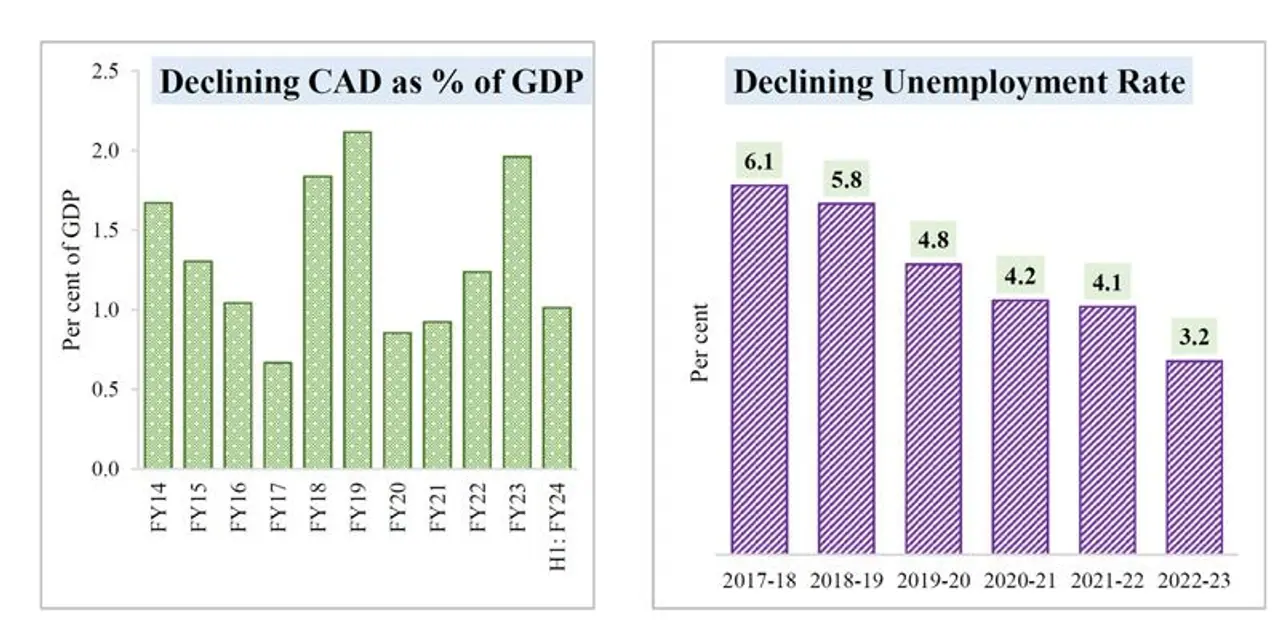
NDA's Transparent Interim Budget 2024-25: Charting a Course for Progress
1. Transparent Budgeting: The NDA's Interim Budget of 2024, spearheaded by Finance Minister Nirmala Sitharaman, stands in stark contrast to its predecessor. The budget reflects transparency in accounting for every payment while maintaining the fiscal deficit glide path.
2. Hike in Capital Expenditure: Unlike the UPA era, the NDA government has prioritized capital expenditure with a focus on infrastructure development. FM Sitharaman on Thursday proposed to raise CapEx by 11.1 % to Rs 11.11 lakh crore, which is 3.4% of the GDP. This strategic investment is aimed at fostering sustainable economic growth.
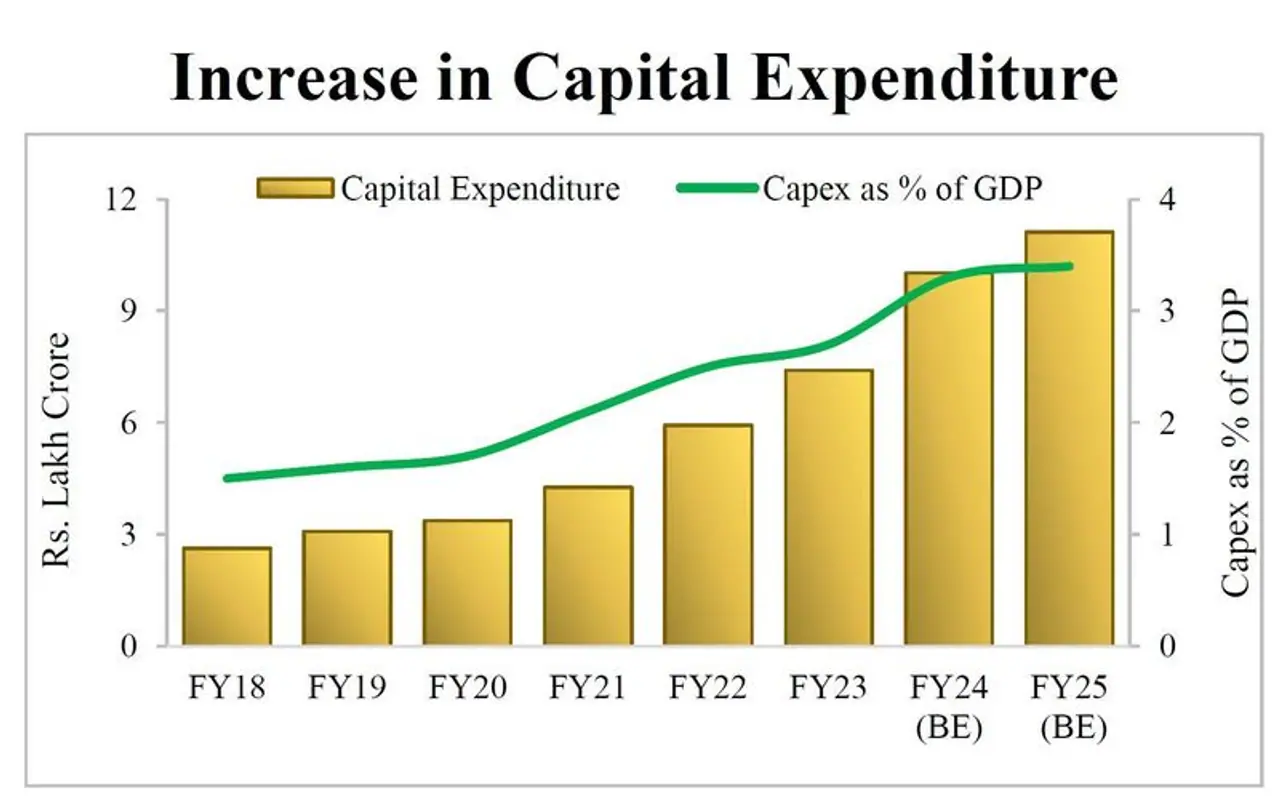
3. Robust Economic Indicators: Under the NDA's economic stewardship, India has experienced high GDP growth, moderate inflation, controlled deficit, and record-high capital expenditure. The current account deficit (CAD) is on a declining trajectory, signaling a well-managed economic framework.
4. Job and Employment Growth: The past decade under Prime Minister Modi's leadership has been characterized by high economic growth and the generation of significant job opportunities. In stark contrast to the UPA's tenure, the NDA has successfully propelled India into an era of employment growth.
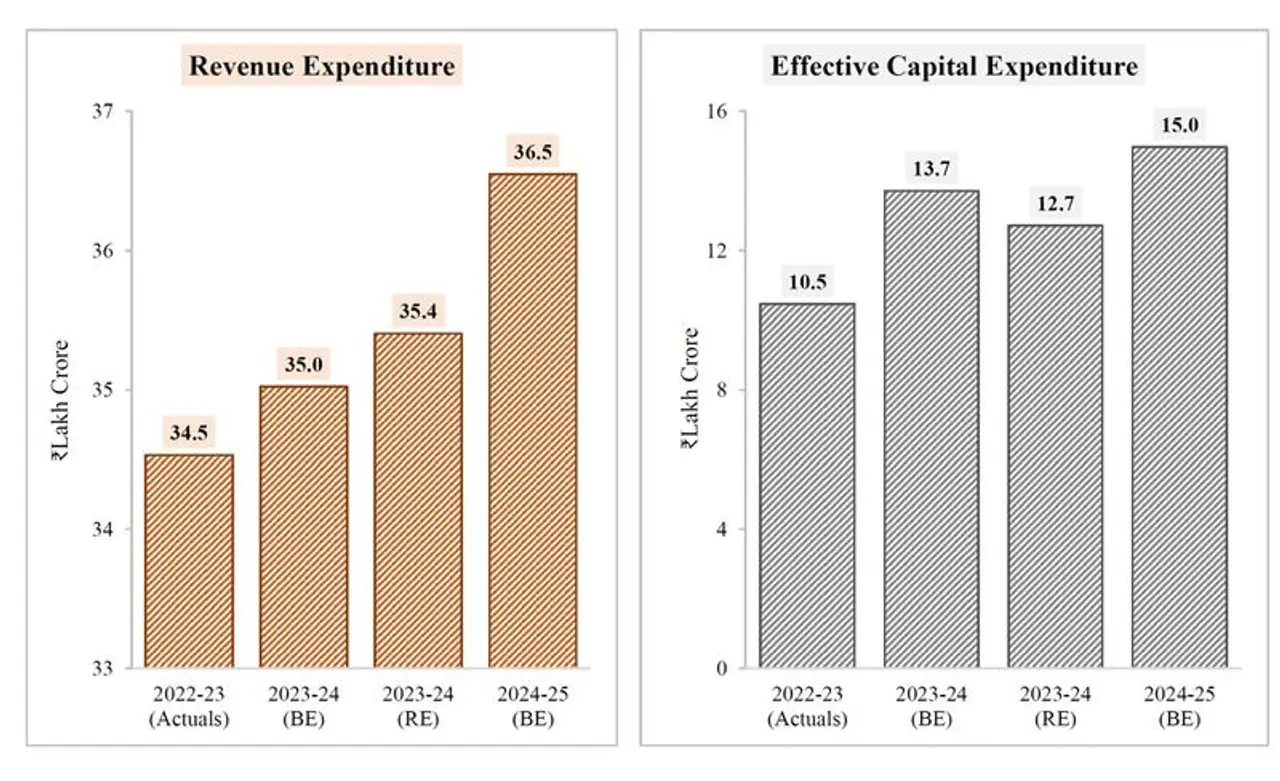
A comparative analysis of the interim budgets of 2014-15 and 2024-25 reveals a tale of two economic narratives. As the Prime Minister himself stated, India finds itself in a "sweet spot" economically. This sentiment rings true when we contrast it with the ten years of the UPA administration under Sonia Gandhi and Manmohan Singh.
Political and economic observers note that the UPA's tactics of fiscal jugglery and compromised investment led to a period of stagnant growth and unemployment. In contrast, the NDA's transparent and strategic economic policies have positioned India as a rapidly growing and well-managed economy. Prime Minister Modi's vision and policies are steering the nation towards a path of prosperity and progress, encapsulated by the concept of 'Viksit Bharat' or Developed India, they believe.
With a focused approach on economic growth, job creation, and infrastructure development, the Modi government's agenda resonates with the aspirations of a rising India, setting the stage for a vibrant and dynamic future.
